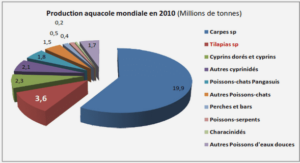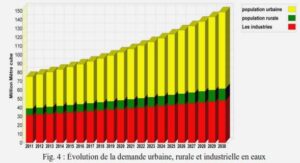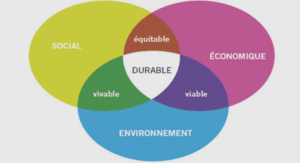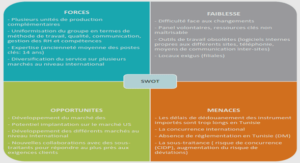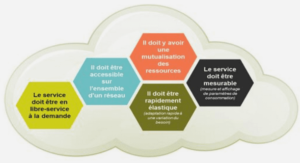Design for manufacturing and assembly (DFMA) is a methodical approach which consists to analyse the design of a new or existent product in order to reduce its cost and improve its quality. It includes two methodologies applied together in a given process, DFM and DFA. DFM stands for design for manufacturing and DFA stands for design for assembly. DFMA aims to facilitate the manufacturing and assembly of different parts, forming a final product in order to estimate its cost at early design stage through reducing part count and assembly time or changing the geometry and the material of the part.
The DFA approach was developed by Geoffrey Boothroyd, supported by National Science Foundation (NSF) grant at the University of Massachusetts in the mid-1970s. This method can help designers to design parts that would be handled and assembled automatically (Boothroyd, 1974).In early 1980s,Geoffrey Boothroyd et al. developed a DFMA software version which was used by various industrial sectors all over the world particularly U.S industry and presented important manufacturing cost and time savings (Dewhurst et Boothroyd, 1988).
Composites materials
A composite material is defined as a combination of at least two constituents which occupy different phases to produce a material having different characteristics from those of the individual components. Generally, one component is a reinforcement which provides strength and rigidity for example a fibre, a particle or a whisker(Ma, 2011),whereas the other component is a matrix which acts as a bonding agent (Haffner, 2002) for example a polymer, a metal or a ceramic. The composite materials studied in this present research are fibre reinforced polymers by considering a resin based on a polymer as the matrix component.
Matrices
The important functions of the matrix are not only to bind the reinforcement fibres together but it distributes loads uniformly into the whole composite material and protects the fibres against the external damages such as corrosion and abrasion. Among the matrices of the advanced composites commonly used, there are polymer based matrices which can be divided into two main categories, thermoset and thermoplastic resins.
The thermoset resins are broadly the most used in the aerospace industry due to their high strength-to-weight ratios (Marina, 2011),easy processing and better fibre wetting, but they are often brittle. They cure irreversibly through chemical reaction and heated generally above 200 °C which means that they cannot be recycled since they cannot be melted and reshaped after curing. Most popular thermoset composite materials are epoxy, polyester, vinylester.
On the contrary, the thermoplastic resins have the potential to be reshaped thermally by heating and also they can be solidified upon cooling and recycled at the end of the lifespan. It is easy to repair and join parts due to their good welding character. Their processing is difficult due to high melting temperatures and high viscosities, and application of high temperature and pressure is required to achieve acceptable levels of consolidation and crystallization with short cycle times thereby reduce significantly the manufacturing costs comparatively to thermosets which are expensive. Thermoplastic materials have higher toughness, impact strength and service temperatures than thermoset materials (Marina, 2011).Most popular thermoplastic composite materials are polyamide (PA), Polyetheretherketone (PEEK), and Polyethylene (PE).The thermoplastic composite materials can be processed by different forming methods such as compression moulding, injection moulding and automated tow placement.
INTRODUCTION |
